I turned 18 years old in 1969, the minimum age to race motorcycles at the professional level in the United States. In those years dirt track racing and roadracing were combined in the same AMA Grand National Championship Series, so to contend at the top level, a rider needed to do both types of racing. I am probably best known for my roadracing—having won the Daytona 200 in 1972—but I did dirt track racing also and learned some things that served me well in all forms of racing.By Don Emde
My family lived then in the San Diego area, but the best place to go dirt track racing was Ascot Park, a half-mile dirt oval located in Gardena, south of downtown Los Angeles. Unlike other tracks where a race might be held once a month, Ascot ran every Friday night from April to October.
The AMA pro licensing system required first year pros to compete in their own Novice class and limited to 250cc machines. Second year pros were called Juniors and still competed in a separate class, but they could ride machines up 750cc, then if your scored enough transfer points, riders were at the top level called Experts and could then race in the National Championship races.
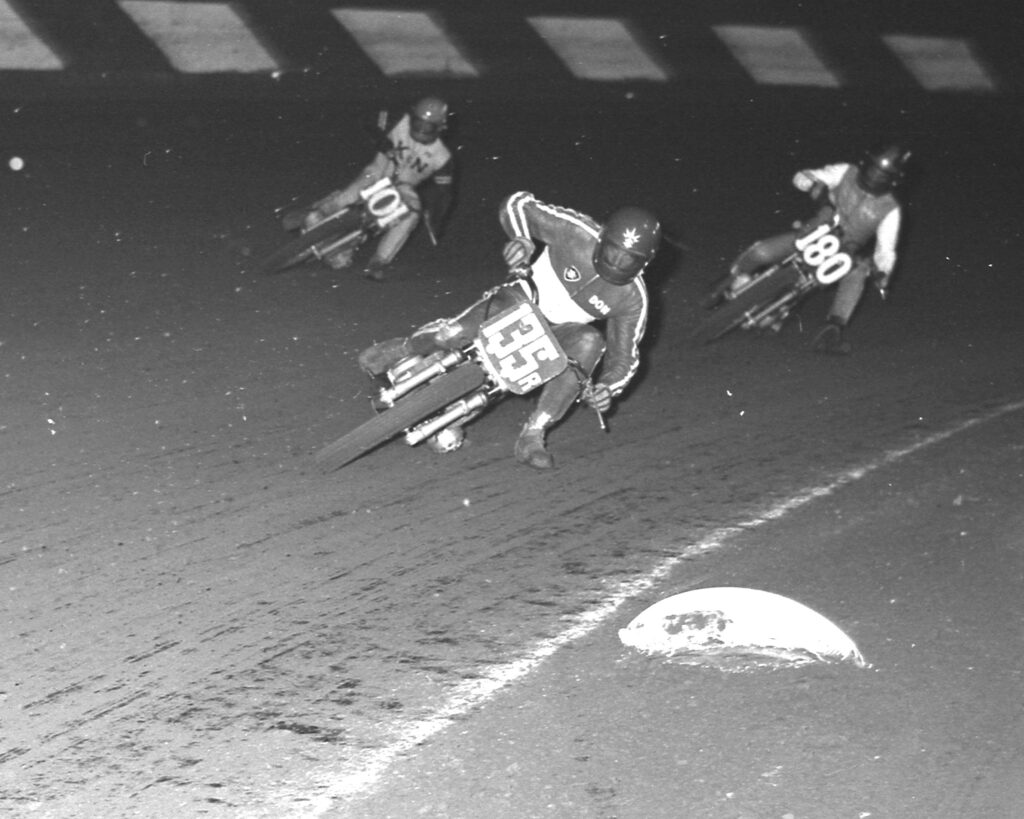
I learned real quick how to handle my X6, finding the happy medium between going fast enough to compete for the races wins, and not too fast to end up on the ground…or worse yet in the solid wooden wall on the outside of the turns.
Getting a good start was critical at Ascot. Most of the riders I was competing against also had twin-cylinder two-strokes like me—either Suzukis or Yamahas—and if I got stuck in the pack with them, then I just rode the track wherever I could find an opening to try to pass the other riders.
To have a clear track ahead, however, I could then set my own pace and take control of the race. I knew in my mind what the “Perfect Lap” consisted of and what I needed to do, including how far into the turn to go at full speed, and then how to use my only tool to help turn the corner, the throttle. In flat track racing, a spinning rear wheel under full power serves as a bit of a brake and forces the motorcycle to turn in the direction you get the machine pointed.
Once I understood how to use the rear wheel to turn the motorcycle, I found that instead of riding the track as an oval, the actual line to follow was more of a diamond shape. Just past the start/finish line I could lean the machine over, let off momentarily, then back on and get the rear wheel spinning. This continued about half-way into the turn and the rear wheel would eventually start catching traction and heading out of the turn onto the back straightaway towards the next turn and then do it all over again.
That season I won 11 of the 30 Main Events in the Novice class and came back the next and won more races in the Junior class on a BSA 650. In 1971, I was hired by BSA to join their factory team and was racing the full AMA Grand National Championship schedule. I wasn’t able ride at Ascot as much in the coming years, but the concept I had learned of figuring out the perfect lap on a racecourse stuck with me, even in roadracing at places like Daytona.
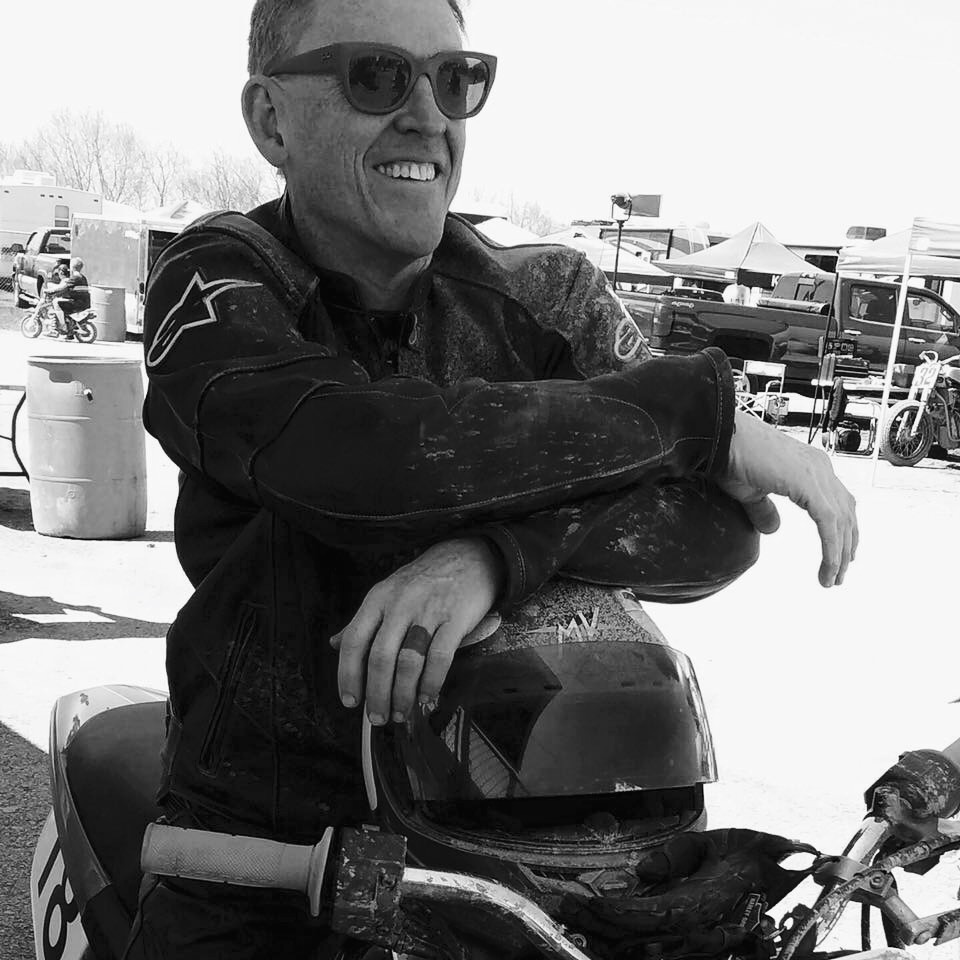
Related Posts
October 29, 2017
The Vintagent Selects: 6th Street Racing – Daytona
Travel along with the 6th Street Racing…

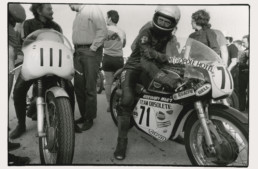
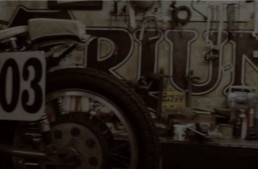
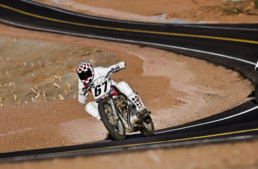
I’ve done the perfect lap … several times in the past .. albeit on four wheels . And much like the perfect ( music ) gig … its like floating in air six inches off the ground … with reality barely existing … your being so much in your own world the real world outside barely exists . Suffice it to say its a trip beyond anything any substance , meditation etc can ever give you …. and then ..
.. its gone .. perhaps to be found again … perhaps not